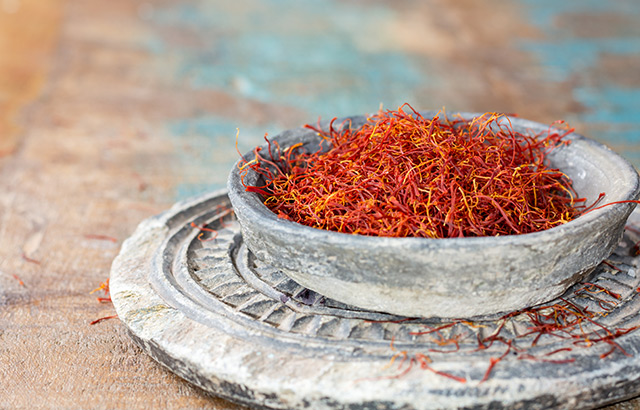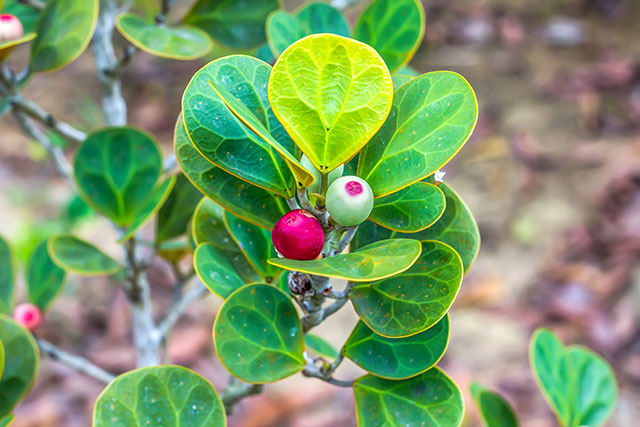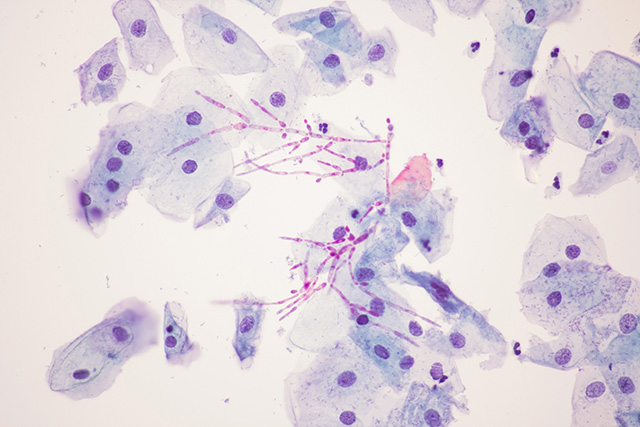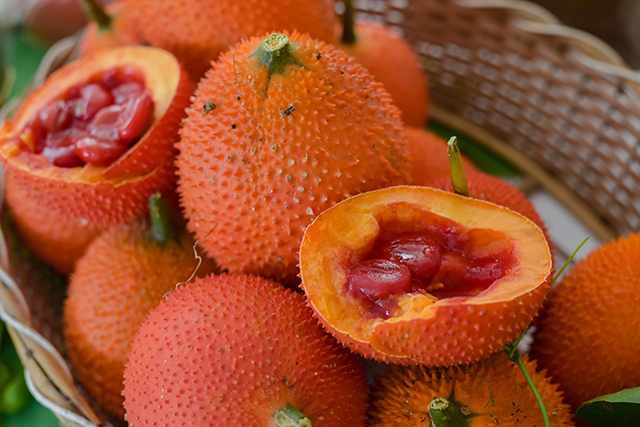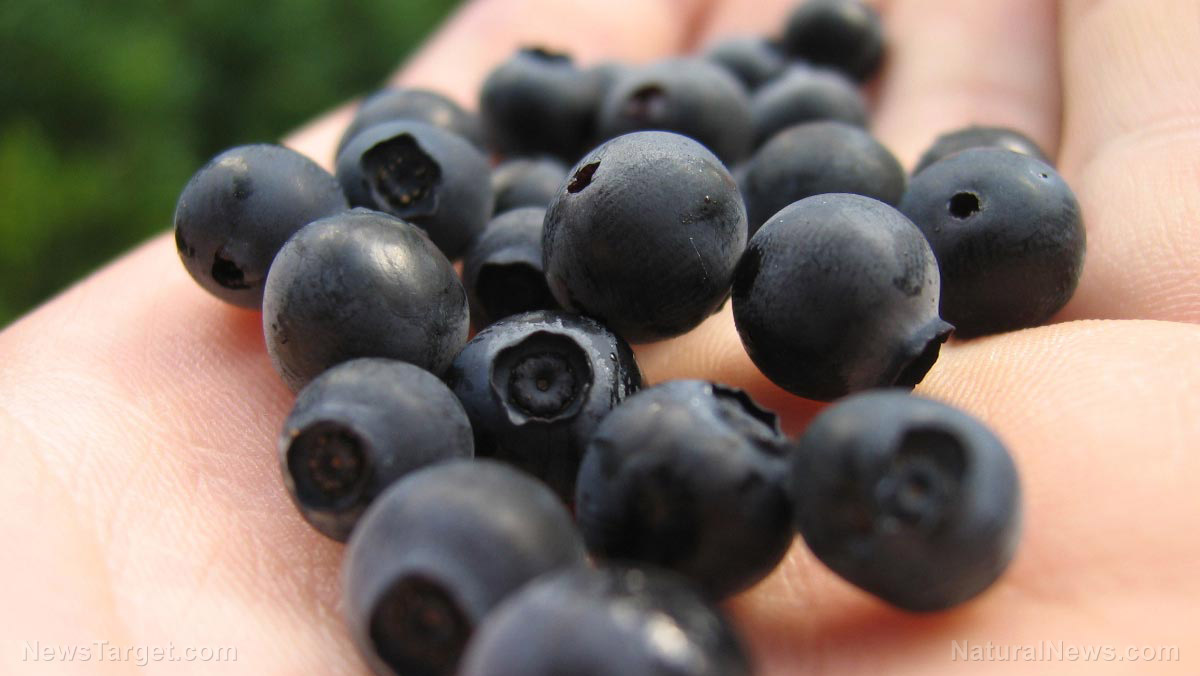Better than commercial calf meals: Calves fed a more plant-based diet are healthier
07/31/2018 / By Edsel Cook
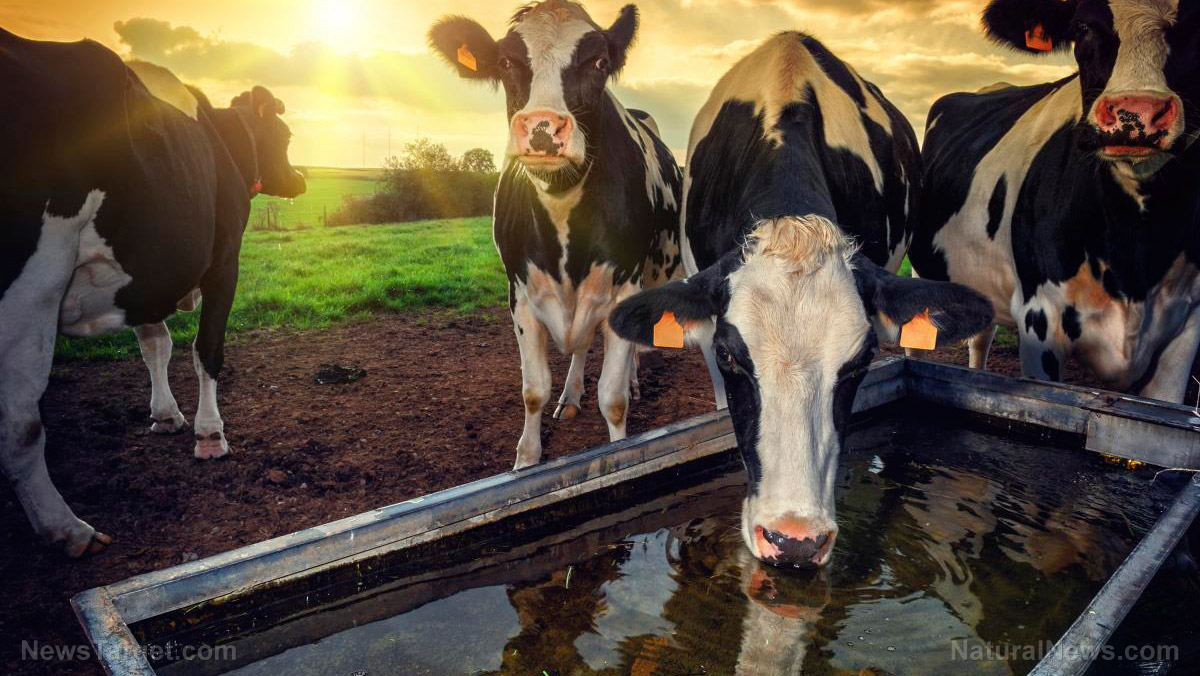
Farmers who prize their cows should take heed of the findings of a South African study on animal feed. The study reported that a plant-based diet with lucerne leaf-meal turned out to be much healthier for young animals than the pelleted concentrate.
Newborn and young dairy cows need plenty of protein in their diet. Due to a variety of reasons, most farmers feed protein-rich commercial pellet concentrate to their calves.
Certain types of forage offer an alternative to commercial feed. In addition to providing natural protein to the calves, a forage also improves the development of the animals’ rumen, where important microbial fermentation takes place.
Better known as alfalfa, the forage plant called lucerne is highly nutritious for animals and humans alike. It is rich in many essential nutrients like antioxidants, lysine, and methionine. At the same time, it also lacks certain nutrients such as phosphorus and starch.
Researchers from the University of Limpopo (UL) investigated the nutrient intake, rumen degradability, and growth of Holstein heifers during newborn and weaning periods. Their experiment showed that supplementing standard animal feed with large amounts of lucerne leaf-meal improved the calves’ digestion and helped them grow up. (Related: Alfalfa as human food: A rich source of nutrients, it is consumed as a tea, herb, supplement and now as flour.)
Testing the addition of alfalfa forage to pelleted food for calves
The UL researchers harvested alfalfa and processed it into lucerne leaf-meal. They prepared three diets with different mixtures of lucerne and pelleted calf meal concentrate.
The first mixture was pure pelleted concentrate, the second contained 35 percent alfalfa-meal, and the third had 50 percent lucerne leaf-meal. All three diets were analyzed for in vitro degradation in simulated rumens of calves.
The next part of the research consisted of two separate experiments. The first phase involved calves that were 21 days old and lasted until the animals were 41 days old. The second phase was performed on animals that were 42 days old and lasted until they were weaned at 56 days of age.
In both experiments, the Holstein heifer calves were given one of the three diet mixtures. For the first phase, they also received four liters of milk, which was reduced to two liters during the second phase. Their nutrient intake and growth were measured until the end of each phase.
Each diet was also analyzed for its energy nutrient density supply and balance. This included their ruminal nutrient balance, the amount of dry and organic matter in their ingredients, and their calcium, crude protein, phosphorus, and starch contents.
Plant-based diet improves the growth and health of young cows
According to the results of their experiments and analyses, all three diets fulfilled the crude protein needs of dairy calves. But the diets with the lucerne leaf-meal contained up to 25 percent crude proteins, which assisted the growth of the calves after weaning.
Furthermore, the fiber in the alfalfa was easily broken down. So despite its higher fiber content, the lucerne-supplemented diets did not hamper nutrient absorption.
The alfalfa diets also improved microbial growth and enzyme activity, making fermentation and digestion of the tough food matter much easier. It did make the possibility of acidosis higher and reduced the amount of phosphorus present.
Plant-based diets provided better energy densities, more digestible nutrients, and higher energy gain for animals. The fiber also improved the health and development of the rumen, which made it easier for the calves to absorb important nutrients.
The UL researchers concluded that the addition of lucerne leaf-meal improved the diets and health of young calves. They recommended mixing alfalfa forage into the food of the animals.
Visit Organics.news to read more about natural food options that can boost the health of humans and animals alike.
Sources include:
Tagged Under: alfalfa, Animal Feed, animal foods, Cattle, cattle feed, cow diet, cows, dairy cows, fermentation, natural remedies


